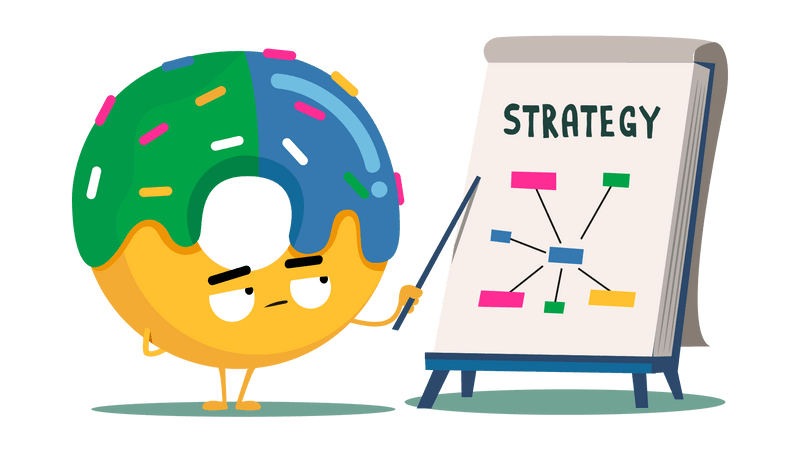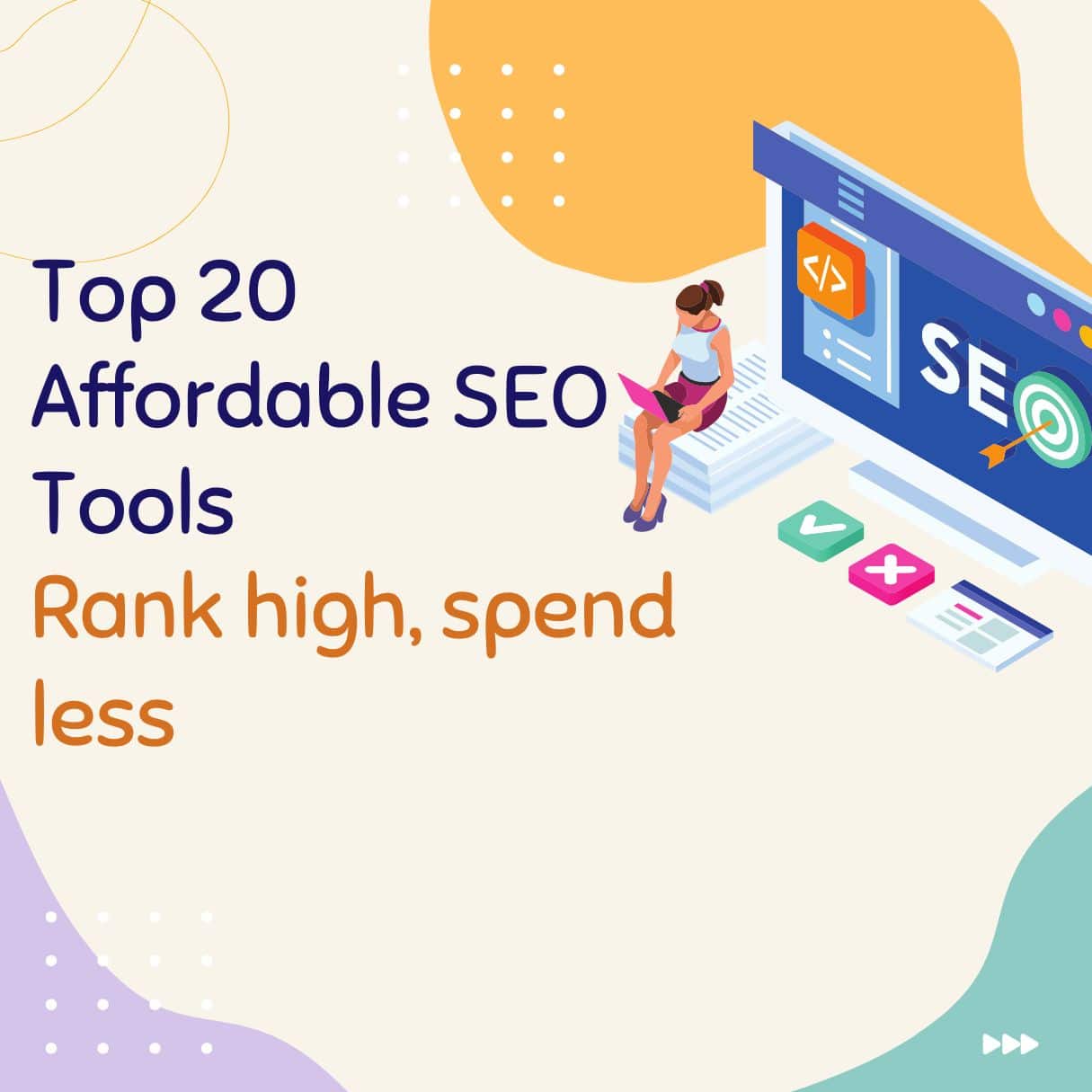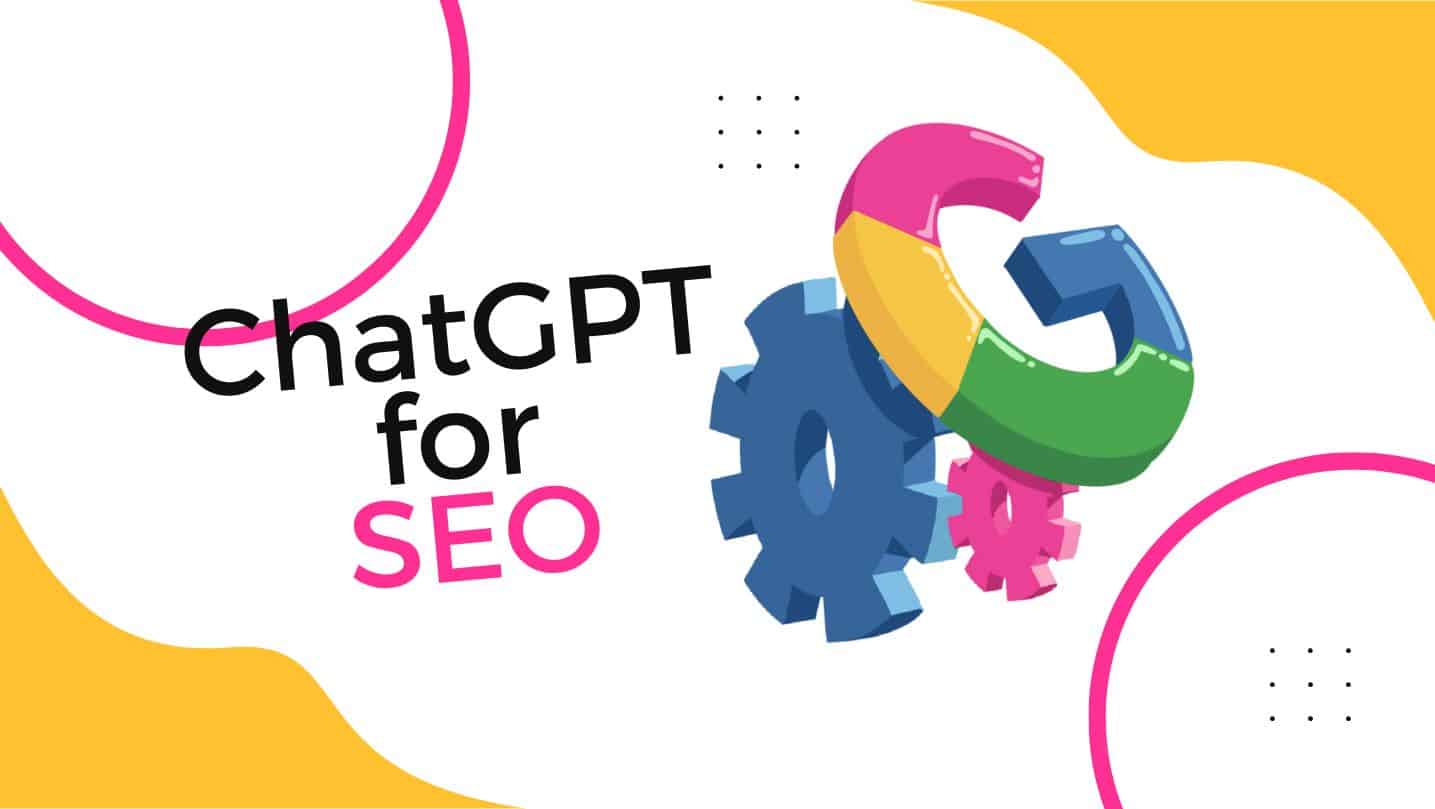Are you tired of pouring astronomical budgets into the top of your marketing funnel, only to inevitably see a large portion of your prospects slip away?
It might be time to adopt the flywheel approach. The flywheel puts the customer at the center, creating a virtuous cycle of positive experiences and, most importantly, transforming your satisfied buyers into your best ambassadors.
In this article, we delve into the method, its advantages over the “funnel approach, and the concrete steps to keep the wheel spinning until” it generates growth while you sleep (or almost).
Flywheel vs. Funnel: why Change Paradigms?
The Funnel, a Model that Leaks… By Definition
For two decades, the funnel approach reigned supreme in marketing: attract, convert, close, repeat. The problem: each conversion ends the story. Hasty goodbyes, goodbyes to the efforts made! In a world where acquisition costs 5 to 25 times more than retention, this is like trying to fill a leaky bucket.
The Flywheel, the Wheel that Capitalizes on Accumulated Energy
Conversely, the flywheel approach works like a metal wheel: the more “momentum you add, the longer it spins. The” energy invested in delighting a customer fuels the next phase; that same customer generates free referrals, which strengthens the attraction of new prospects, and so on. The result: you pay once, you reap multiple times.
The Three Forces that Turn the Wheel
Attract → Engage → Delight
When each step feeds the next, growth becomes self-sustaining.
1. Attract: Content Remains King (and SEO its Kingdom)
- Blog, white paper, webinars: answer your personas’ questions.
- Smart internal linking: each article links to a more specific resource.
- Technical optimization: loading times, structured data, core web vitals.
💡 Donutz Tip: Target long-tail keywords. You’ll capture qualified traffic ready to take action.
2. Engage: from Conversation Comes Conversion
- Personalization through CRM: segment by behavior, not just demographics.
- Smart automations: email sequences triggered after cart abandonment or opening premium content.
- Responsiveness: 24/7 chatbots and multi-channel customer service.
The more you facilitate interaction, the faster the wheel spins without friction.
3. Delight: Transforming Satisfaction into Organic Promotion
- Simple referral programs: “Refer a friend, earn €10”.
- Surprise & delight: personal email the day after purchase, careful packaging, handwritten note.
- UGC and customer reviews: encourage users to post an unboxing, a video testimonial, an Instagram story.
In B2B as in B2C, positive astonishment generates inexhaustible (and free!) word-of-mouth.
Implementing the Flywheel Approach: the Step-by-Step Roadmap
| Step | Objective | Key Actions | Recommended Tools |
|---|---|---|---|
| Customer Journey Audit | Detect frictions & “wow” moments | Heatmaps, journey maps, interviews | Hotjar, FullStory |
| Team Alignment | Break down marketing/sales/support silos | Shared OKRs, weekly meetings | Notion, Slack |
| Targeted Automation | Eliminate repetitive tasks | Workflows, lead scoring | HubSpot, ActiveCampaign |
| Customer Culture | Make “delighting” a reflex | Valued satisfaction KPIs | NPS, CSAT |
| Measure & Iterate | Continuously adjust the wheel | Single dashboard | Looker, Databox |
(Promise, no wheels were harmed during this table.)
Measuring your Flywheel’s Performance
- Retention rate: are your customers returning?
- NPS: how many would recommend you?
- CLTV: does lifetime value exceed your CAC?
- Average time between purchases: is it shortening?
- UGC rate: proportion of content created by your users.
These indicators, tracked in a single dashboard, will give you the real health of your wheel. Adjust lubrication (processes), spokes (teams), and speed (automations) to avoid squeaks.
Case Studies: when the Wheel Really Turns
HubSpot
Their success is less due to their CRM than to their thousands of free articles. Every trained user becomes a promoter, fueling attraction, expanding the community, fueling… the wheel!
Amazon
Next-day delivery, “zero-friction” policy, 24/7 customer service: everything is designed to delight. Product reviews reassure new buyers → accelerate conversion → increase volumes… you know the rest.
Spotify
Surprising “Discover Weekly” playlists every Monday? A pure example of personalization that engages and retains. Result: minuscule churn and over 615 million active users.
How to Transition from Funnel to Flywheel without Going off Track
- Map your existing funnel. Where do your efforts stop?
- Add a “delight” phase after the sale: welcome pack, exclusive newsletter, free training.
- Reallocate 20% of your acquisition budget to retention. Test, measure, iterate.
- Train your teams to think “lifecycle” rather than “closing”.
- Celebrate every referral: internal bonus, Slack mention, team email. Flywheel culture is built through recognition.
Conclusion: Spin, Test, Win
Transitioning from the funnel to the flywheel approach is not just a change in metaphor; it’s a cultural shift that values lasting satisfaction over a single sale.
Start with an honest audit, align your teams around common goals, and don’t be afraid to automate (intelligently). Your reward? Organic, more stable, less costly growth – and customers who return with friends in tow.
Ready to get the wheel spinning? At Donutz Digital, we love to grease the marketing gears 🚴♀️💨
FAQ – your Questions about the Flywheel Approach
How to Convince My CEO to Ditch the Funnel?
Present the numbers: a 5% increase in retention rate can boost profits by 25% to 95%. Hard to ignore.
Does the Flywheel Approach Work in Industrial B2b?
Yes: your sales cycles are long, but your customers are high-value. A delighted customer who renews a maintenance contract is worth more than ten cold leads.
Can You Combine Funnel and Flywheel?
Absolutely! Consider the funnel as the initial acceleration phase of the wheel. Once speed is reached, the flywheel takes over.
What Budget should be Allocated to Start the Wheel?
Start small: reallocate 10% of your ad budget to an improved post-purchase experience. Measure, then increase the share based on observed ROI.
Which KPIs should be monitored in the first quarter?
Prioritize NPS, new user activation rate, and churn. These are quick signals to validate (or correct) your direction.







